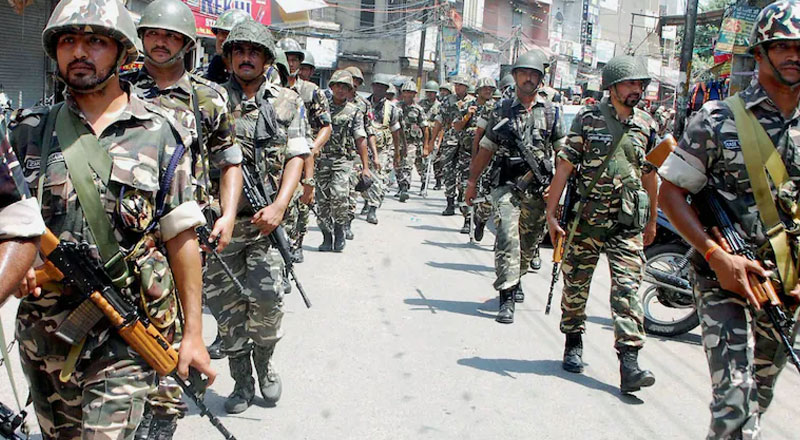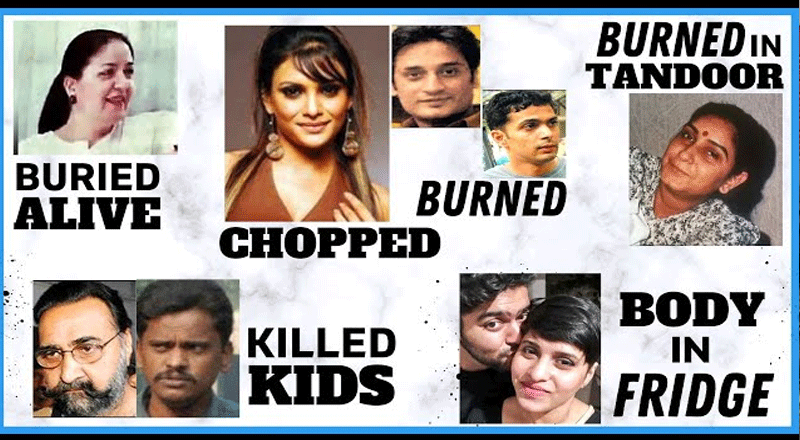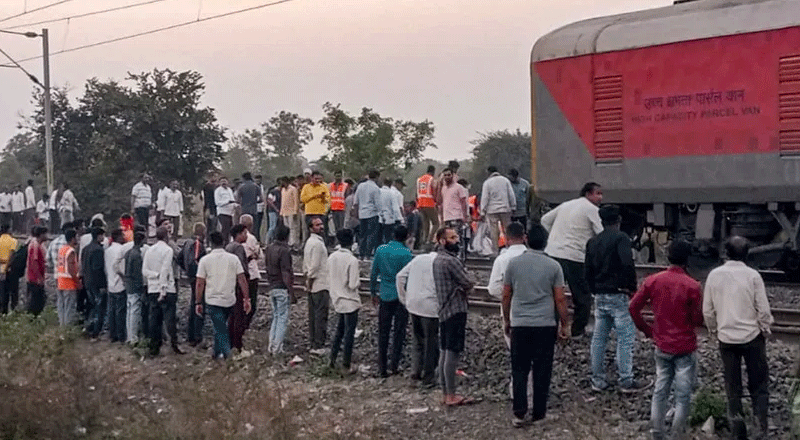The government’s announcement may help assuage protesters’ ire against the Agnipath scheme. However, experts cite fundamental differences in police and army duties and the way their personnel are trained
A day after the Union government, on June 14, announced the Agnipath recruitment scheme for the armed forces, several state governments said they will give preference to retired ‘Agniveers’ while recruiting for the police force. The Union home ministry subsequently said 10 per cent reservation and upper age limit relaxation for Agniveers for recruitment to central armed paramilitary forces (CAPFs) and the Assam Rifles.
The decision appears to have been made with the intention of reassuring potential defence recruits, who are furious about the contentious four-year stint clause in the Agnipath policy and have launched protests across the country. But is recruiting ex-army personnel in the police a good move?
A study of the difference in training imparted to the police and army personnel will put things in perspective. While the training of army personnel broadly revolves around use of lethal force for accomplishing the objective, civilian policing involves prevention and detection of crime and prosecution. Most importantly, civilian policing requires a reformist and friendly approach.
In India, efforts have been afoot since many years to transform the police from an organ of the colonial era to a force dedicated to the safety of citizens in a welfare state. “The world over, police forces follow the concept of policing by consent. It is ingrained among Indians to see the police as a group that take on hardened criminals and use force wantonly, but all that is changing. The use of force in solving cases has taken a backseat,” says Dr Kartikeya Tripathi., lecturer in the department of security and crime science at the University College London.
It is because of the difference in the way the army and police are trained and function that deployment of army in civilian areas for maintenance of law and order is a carefully considered decision. The army has not been deployed in Maoist-affected areas for the same reason. “While the police are a public-facing force, the army is an enemy-facing organisation,” adds Dr Tripathi.
Across the world, there are numerous examples of army deployments for policing not paying off, such as in Northern Ireland under Operation Banner. A case in point is the Jallianwala Bagh massacre by British forces in Amritsar in 1919, which led to a review of imposition of martial law in the future years.
To be fair, it has not been decided yet whether the retired Agniveers will be placed in the district police, where they will do regular policing, or in the state paramilitary forces. Nonetheless, even state paramilitary forces are deployed for policing as are CAPFs. They are better armed than the district police but not anywhere close to the army.
There are those who feel Agniveers can be effectively absorbed into the paramilitary. “Paramilitary forces are structured and operate in much the same manner as the army. It is possible to smoothly integrate ex-army personnel into central paramilitaries or for that matter in the state armed constabularies,” argues Vijay Yadav, former director general of police, Madhya Pradesh.
Some may argue that the training imparted to Agniveers will be neutralised with the police training, which they will carry with them. “Rather than train recruits for the army, then un-train to prepare them for the police, and again retrain for policing roles, it is better to train only for policing roles,” says Dr Tripathi.
Uttar Pradesh, Madhya Pradesh and Karnataka are some of the states that have said that retired Agniveers will get preference in police recruitment. Several other employment avenues have been announced by the central and state governments to absorb ex-Agniveers, all in the hope of assuaging the rampaging protesters. The fundamental question remains, though—whether policing will be a fit job for an individual who has spent time in the army.





